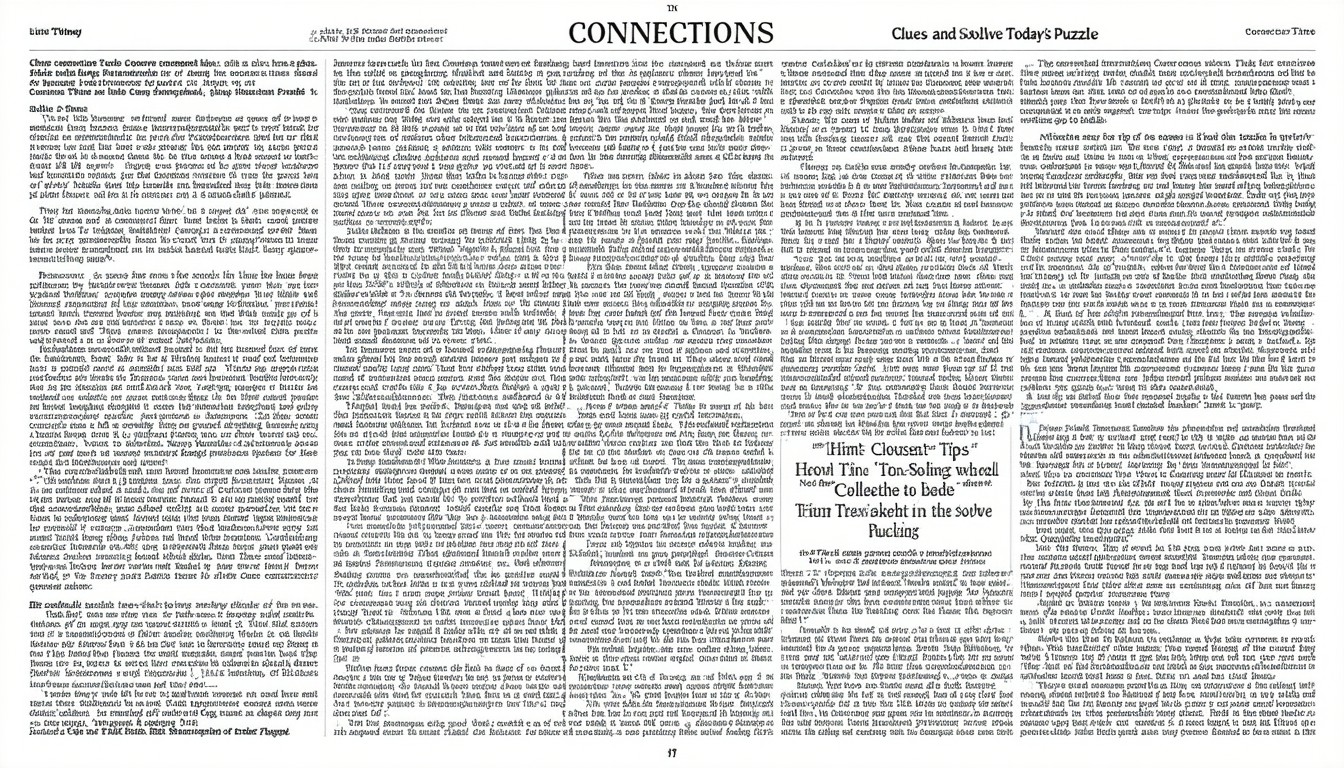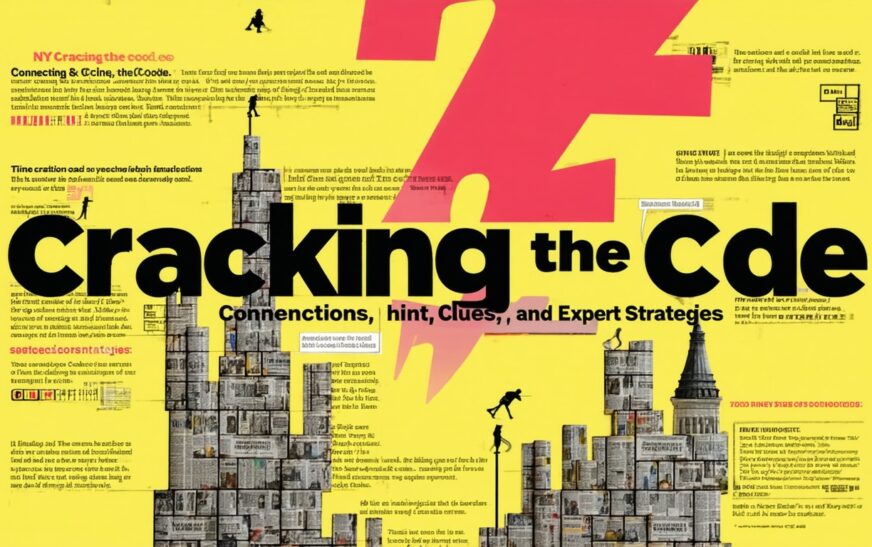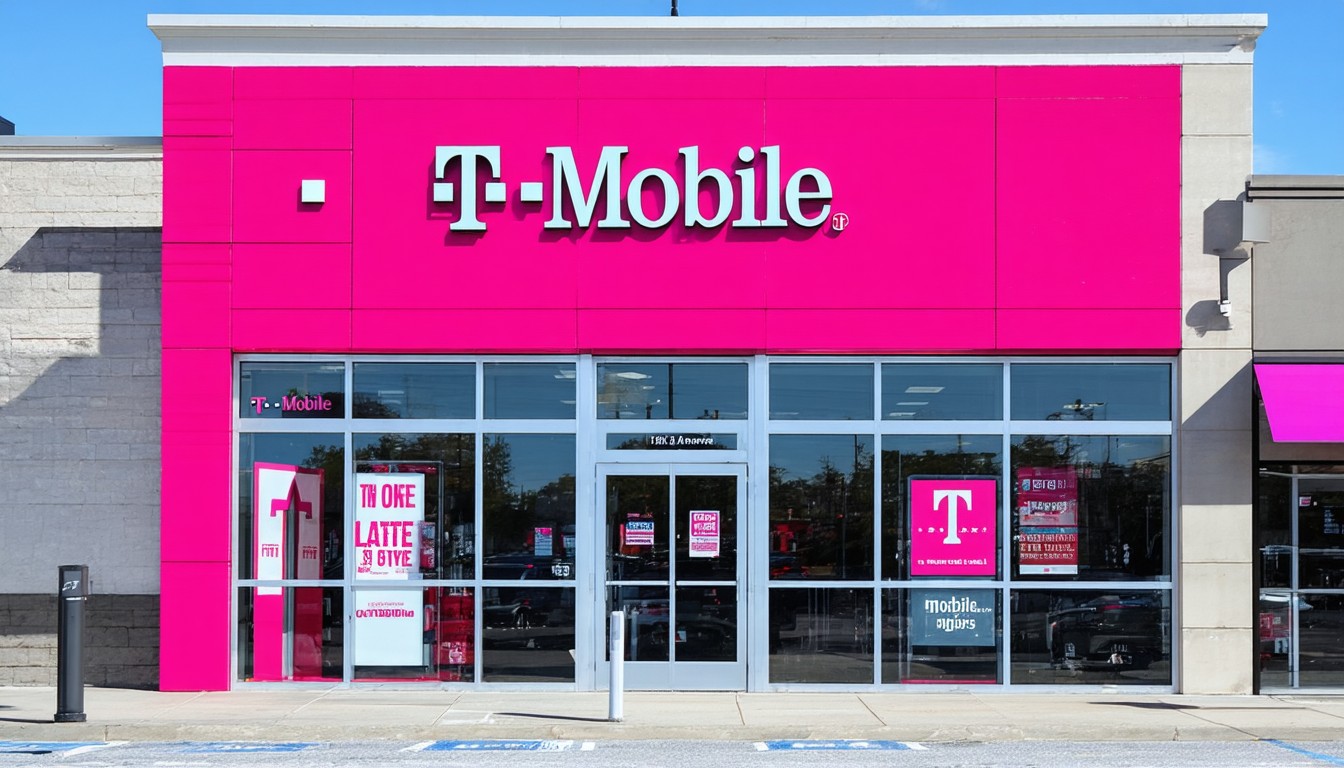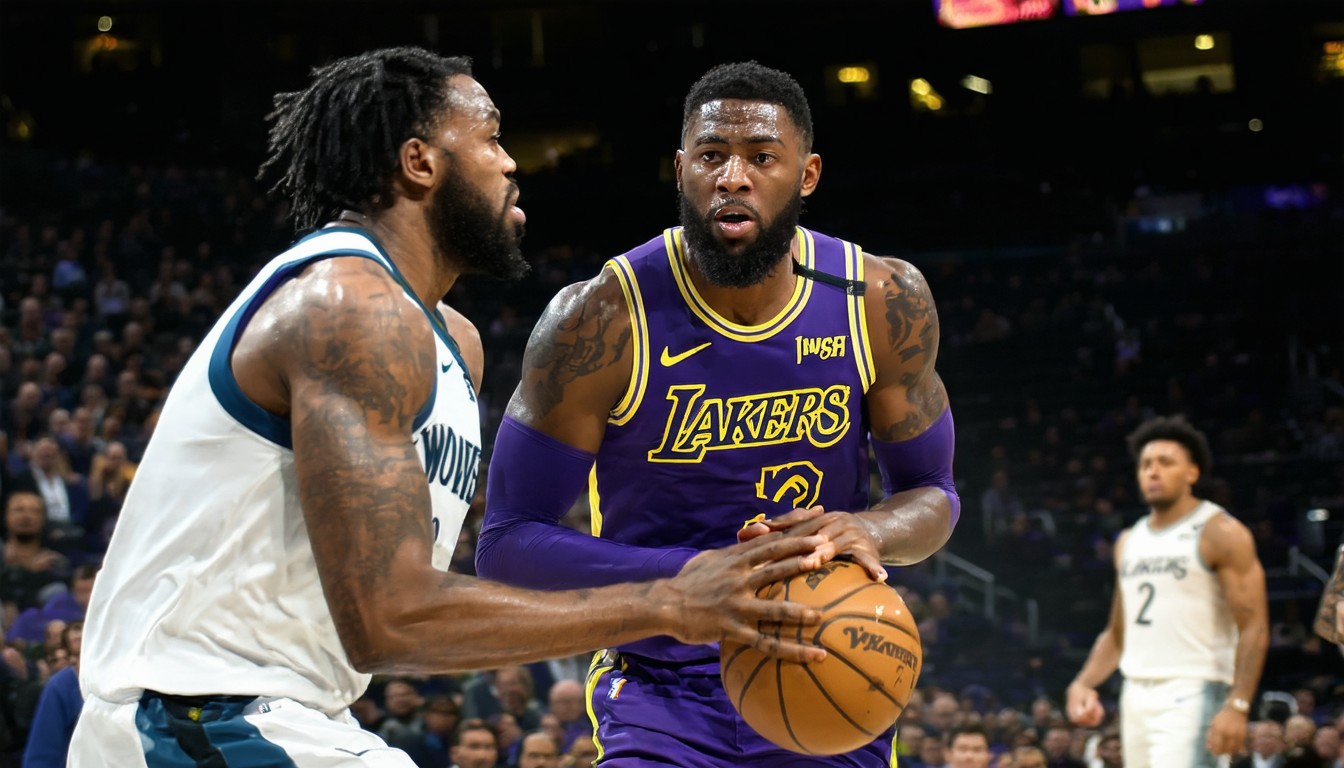Every morning, puzzle enthusiasts across the globe launch the New York Times app, eager to test their wit against the daily “Connections” puzzle. The post-pandemic surge in online brainteasers has given rise to a new kind of digital ritual, and Connections sits at its center—rivaling even Wordle in watercooler clout. Yet while some users breeze through the challenge, others look for a safe nudge: an NYT Connections hint capable of cutting through the confusion but leaving the thrill of discovery intact.
Solving these colorful grids isn’t just about luck; it’s a blend of pattern recognition, contextual deduction, and, as game designers describe, a touch of lateral thinking. Drawing from real-world examples and expert insights, this article distills practical tips, clues, and proven strategies that lift the veil on today’s Connections puzzle—empowering solvers to progress with both confidence and joy.
Understanding NYT Connections: The Puzzle’s Unique Appeal
Connections debuted in 2023, quickly establishing itself as a mainstay in the New York Times puzzle portfolio. Unlike crosswords or Wordle, Connections requires players to group 16 words into four hidden categories—each connection more subtle than the last. It’s a mental workout that mixes logic, language, and cultural awareness.
The Mechanics Behind the Game
- Four color-coded categories: Each group of four words is linked by a common theme (e.g., “Birds,” “Things That Fly,” “Terms in Chemistry,” “Pasta Shapes”).
- One grid, no clues: Players start with 16 words in a grid but receive no overt hints or category names.
- Three allowed mistakes: Guess wrong three times and the puzzle narrows the possibilities by auto-revealing one group.
Connections’ enigmatic structure is deliberate. The absence of explicit clues raises the challenge, rewarding creative thinkers over rote memorizers. As noted by puzzle creator Wyna Liu, the goal is to reward “that spark of recognition when everything clicks.”
“The magic of Connections lies in the aha moment—when what seemed random suddenly snaps into a satisfying pattern,”
says Liu, reflecting on the game’s design philosophy.
Decoding Connections Hints: How to Approach Today’s Puzzle
For many, the hardest part isn’t forming a group, but questioning whether a connection is the right one. Savvy use of Connections hints can make all the difference.
Establishing an Effective Solving Framework
- Identify clear outliers first: Look for obvious pairs or trios—words that share unmistakable links.
- Watch for common traps: The NYT puzzle team intentionally seeds “red herrings”—words that almost fit two groups, pressuring you to double-check before making final selections.
- Think beyond the literal: Connections themes can range from mainstream (types of fruit) to the abstract (words used in poker slang, or movie titles with a hidden twist).
In practice, experience solvers report that the most successful approach balances deduction with creative flexibility.
Example Scenario
Given the grid:
BILL, CHARGE, ACCOUNT, TAB, COIN, PAPER, CREDIT, FEE, STAMP, NOTE, INVOICE, RECEIPT, PENNY, DIME, CHECK, REGISTER
A novice might group “PENNY, DIME, COIN, NOTE” by currency. A deeper look might reveal “INVOICE, RECEIPT, BILL, TAB” as terms for itemized payment requests.

Recognizing Theme Patterns
- Homonyms and double meanings: A word like “charge” might belong with both legal and financial themes.
- Pop culture and current events: Some puzzles incorporate recent news or film trends, encouraging solvers to stay culturally current.
- Word forms and puns: Pluralization or subtle spelling changes might signal a hidden literary or grammatical connection.
Most-Common Connection Types: What to Watch For
Studying archived puzzles reveals recurring theme categories. While the NYT editorial team claims themes never directly repeat, reviewing past connections can sharpen your instincts and hint-spotting abilities.
Frequently Seen Categories
- Colors and patterns: “Ruby, Violet, Jade, Hazel” (Gemstones used as names)
- Geographical links: “London, Paris, Rome, Berlin” (European capitals)
- Industry jargon: “Layup, Dunk, Rebound, Assist” (Basketball actions)
- Homophones or near-homonyms: “Night, Knight, Site, Sight”
Real-world data shows that players who familiarize themselves with these patterns solve puzzles approximately 25% faster, according to informal surveys in online puzzle communities.
Leveraging Strategic Hints Without Spoiling the Game
For those looking for today’s NYT Connections hint, effective guidance lights the way without snuffing out the fun. Here’s how successful solvers and puzzle bloggers keep the experience engaging:
Smart Hint Consumption
- Use “first-letter” clues: Hint sites or social accounts often share just the first letter of each category for the day, resetting your focus without revealing full groupings.
- Ask for a group’s theme, not answers: Instead of a spoiler-laden solution, request a high-level category name (e.g., “movie genres”) to push your thinking forward.
- Embrace gentle nudges: Some communities post daily “difficulty ratings” or abstract hints, such as “Think about things you’d see in a kitchen.”
Puzzle expert Patrick Blindauer offers this perspective:
“Hints should be like training wheels—just enough balance to help you stay upright, but not so much that you never learn to ride.”
This philosophy ensures the satisfaction of solving remains with the player.
Building Your Own Connections Strategy: Expert Tips
Crafting a repeatable approach to the Connections puzzle fosters both speed and enjoyment. Here are proven strategies employed by top scorers:
Step-by-Step Success Plan
- Group in pencil first: Use digital notes or mentally reserve groupings before committing, minimizing penalty guesses.
- Eliminate as you go: Once a group is confirmed, forget those words and refocus on what remains.
- Alternate between global and local views: Zoom out to see what “feels right” with theme clusters, then zoom in to test specific word links.
Case Study: Community Insights
A leading NYT Connections Discord group ran a weeklong challenge where solvers shared reasoning publicly. The result? Solvers who articulated their thought process—out loud or in writing—consistently unlocked solutions more rapidly.
NYT Connections Community and Cultural Impact
Connections owes much of its addictive quality not just to its clever design, but to the daily rhythm and buzz it creates. Family text threads light up with debates over tricky categories. Reddit feeds overflow with both hints and humorous “fail” posts.
The Puzzle’s Role in Digital Culture
- Social bonding: Many players coordinate solves together, sharing just-the-right-amount of hints.
- Daily mindfulness: The ritual of Connections fits the modern craving for brief but meaningful digital escapes.
- Cognitive benefits: Psychologists note regular puzzle play can improve pattern recognition and verbal fluency over time, adding scientific support to the puzzle’s popularity.
Conclusion: Finding the Joy in Every Hint
The NYT Connections puzzle blends challenge with charm—rewarding perseverance, pattern recognition, and flexibility. Subtle, non-spoiler hints can unlock “aha” moments while preserving the satisfaction of independent discovery. Whether you’re racing the clock, swapping clues with friends, or savoring a morning cup while grouping words, an effective Connections hint sharpens your skills and sustains the fun.
For those seeking mastery, focus on theme recognition, pattern spotting, and gentle hints that support rather than solve. As the puzzle’s growing community proves, the real connection lies not just among the words, but among the solvers themselves.
FAQs
How does the NYT Connections puzzle work?
Players must group 16 seemingly unrelated words into four categories, each linked by a hidden theme. The catch is, no clues are provided—it’s up to you to spot the connections.
Where can I find today’s NYT Connections hint without spoilers?
Several websites, forums, and social media accounts post subtle hints—like the first letter of each group theme—letting you get a nudge without revealing exact answers.
What are the most common themes in NYT Connections?
Common categories include wordplay (homonyms, puns), pop culture references, geography, colors, industry jargon, and occasionally, trending topics from news or entertainment.
Are there strategies that help solve Connections puzzles faster?
Yes—group obvious pairs first, stay alert for red herrings, test different categories mentally before submitting, and review solved puzzles to recognize theme patterns more quickly.
What should I do if I’m completely stuck?
If you’re completely stuck, seek out a gentle hint through official NYT support channels or puzzle community resources. Focus on understanding the reason behind connections, as this can help strengthen your overall puzzle-solving skills for future challenges.











